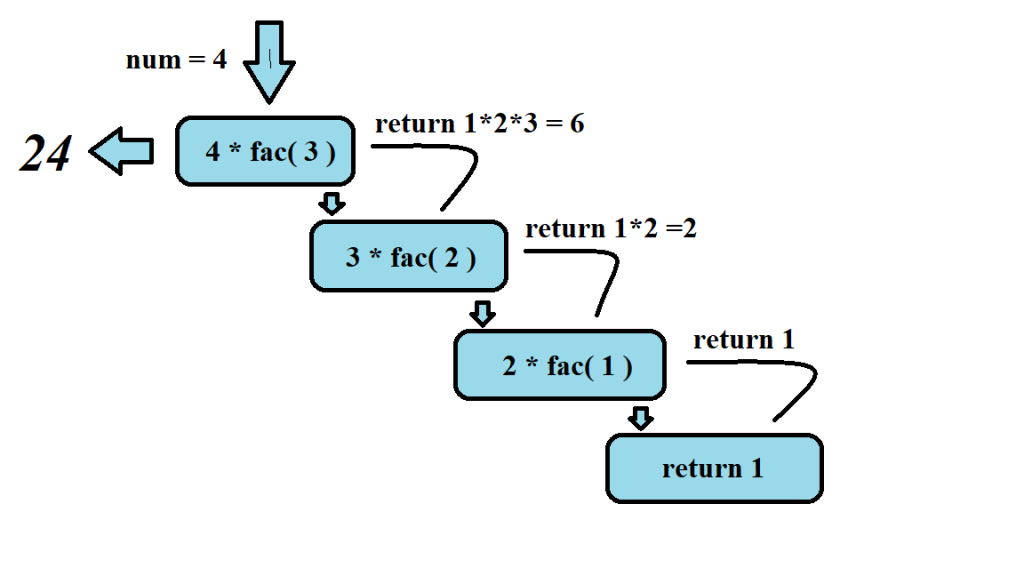Earlier, we learned about the application of loops, which continuously execute block programs through conditional judgments. The concept of recursion is somewhat similar.
Recursion, as the name suggests, is a technique in which a function calls itself and passes its return value as a new argument. One advantage of this technique is that it can solve complex problems that are difficult to handle in loops, such as the halting problem in this chapter and the classic problem of the Hanoi Tower, which will be introduced in the next chapter. However, the most important thing to note when using recursion is the number of times it is recurred. We usually call it “depth”.
The most criticized aspect of recursion is that too many calls themselves can cause the return value to be difficult to control. Although concise code greatly increases readability, not providing an exit from the call will make the program difficult to understand.
Before the formal introduction, here is a brief example of using recursion to calculate factorials:
public int fac(int num) {
if (num != 1) {
return num * fac(num-1);
}
else
return 1;
}
public class void main(String[] args){
System.out.println(fac(4)); //求 4! = 24
}

Let's explain it by listing the patterns of recursive formulas again:
public static int sum(int k) {
if (k > 0) {
return k + sum(k - 1); //Using sum(k-1) calling itself repeatly
}
else {
return 0;
}
}
Suppose we pass in 20, the function will execute successive recursions until k ≤ 0.
20 + sum(19)
20 + ( 19 + sum(18) )
20 + ( 19 + ( 18 + sum(17) ) )
...
20 + 19 + 18 + 17 + 16 + 15 +14 + … + sum(0)
20 + 19 + 18 + 17 + 16 + 15 +14 + … + 0 = 210

It's like a loop. If we don't set a stopping condition for it, it will form an infinite loop, and the screen will keep running without stopping...
Recursion. We call this the “halting condition”. It determines when recursion halts.
static int sum(int start, int end) {
if (end > start) {
return end + sum(start, end - 1);
}
else {
return end;
}
}
